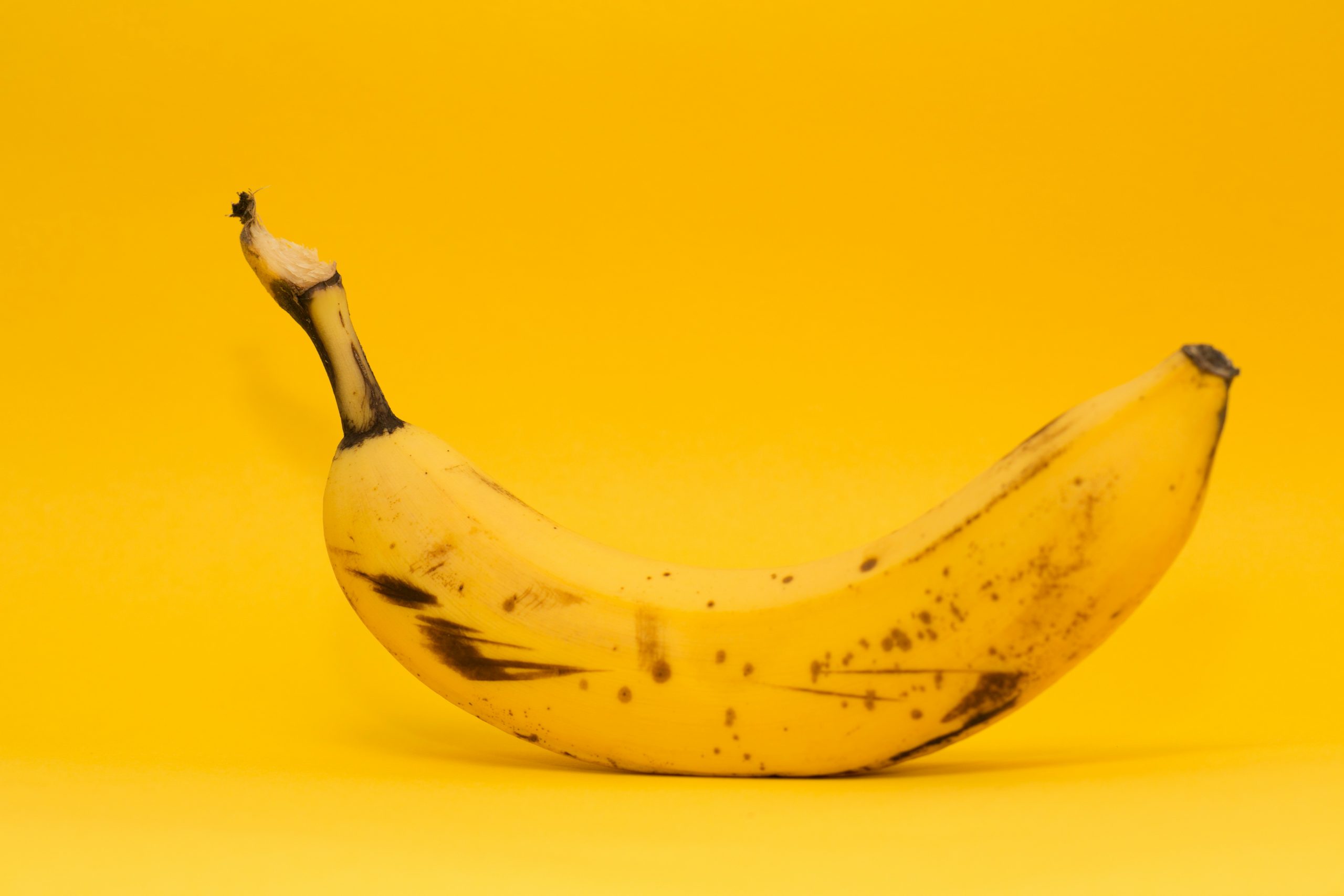1) Why bananas seem “bad”
Ripe bananas contain natural sugars and starches that can raise blood glucose quickly when eaten in large amounts, leading to the common belief that bananas are off-limits for diabetes.
2) What actually happens
Bananas have a moderate glycemic index, but their pectin and resistant starch help slow absorption. The keys are ‘how much’ and ‘how’ you eat them. A medium banana, eaten with protein or healthy fats (e.g., yogurt, nuts, peanut butter), can reduce the speed of the rise in blood sugar.
3) When to be cautious
Very ripe bananas may digest faster. Eating two or more on an empty stomach, especially when sedentary, can cause larger spikes. People with chronic kidney disease should discuss potassium intake with their clinician.
4) Practical guide
– Portion: one medium banana per serving, paired with other foods
– Pairing: yogurt, eggs, or nuts to slow absorption
– Timing: around exercise to promote glucose utilization
– Tracking: check your glucose to personalize your portion
Summary
Bananas are not absolutely forbidden. By managing portion size, ripeness, pairings, and timing, you can gain nutrients (potassium, vitamin B6, fiber) while moderating glucose rises.


Leave a Reply